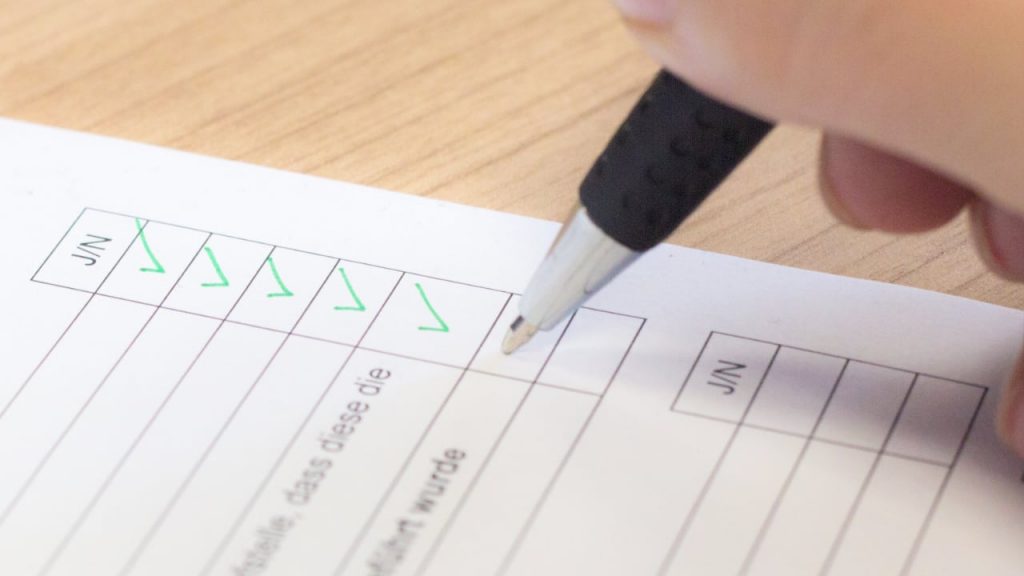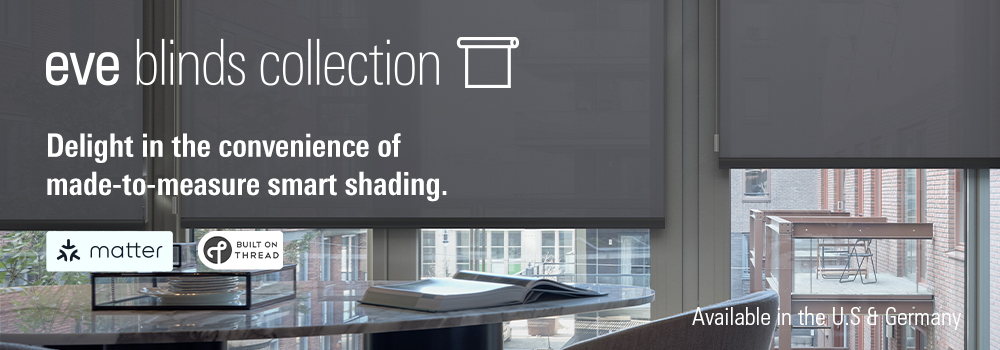The inventors of the smart home standard Matter have made its software code open source from the start. This means that anyone can develop devices with it. To support all functions, however, the products must be certified. Only with the official blessing of the Connectivity Standards Alliance (CSA) do they support all of the standard’s security mechanisms and are allowed to carry the Matter logo as a sign of their full compliance. They also appear in the product directory on the CSA website (link).
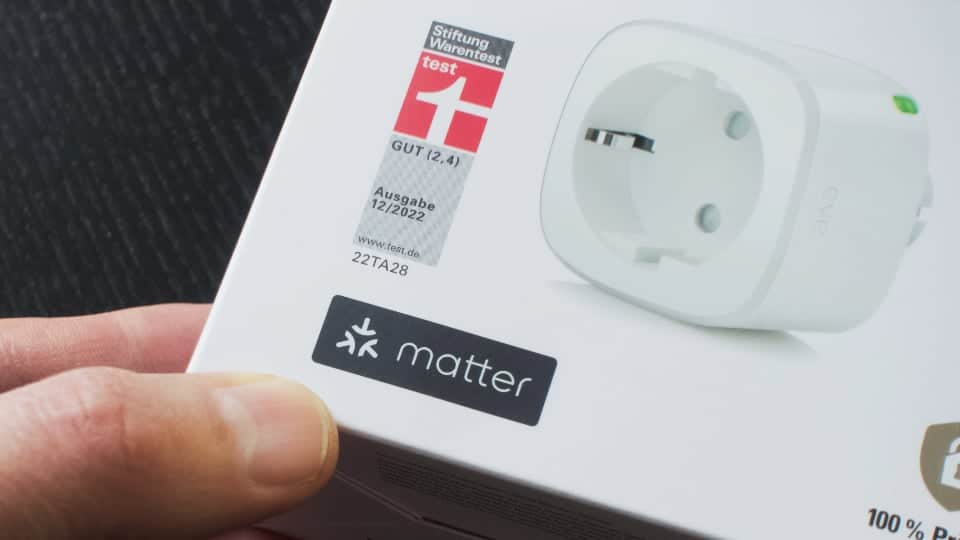
For commercial vendors who want to advertise with the official insignia of the standard, there is no way around such an assessment. This article explains how the certification takes place – and what costs can arise for manufacturers. It describes the official route via the CSA. Prices of service providers who take over the process partially or completely on behalf of the customer may differ.
CSA Membership
The first requirement is that companies must join the Connectivity Standards Alliance in order to have their Matter products certified. The manufacturers’ association, which also manages the Zigbee protocol in its various forms, is the umbrella organization for the Matter standard. It coordinates development and publishes specifications that engineers and programmers are expected to follow.
Annual fees are charged for a CSA membership. With one exception: Companies that want to market an already certified product under their own name – for example because they are buying it in – can participate in the Certification Transfer Program (CTP). As an Associate Member, they then pay a one-time fee for each product, plus a lower annual fee to maintain certification. The following table (as of March 2023) provides an overview. All figures are taken from the CSA website (link).
CSA membership fees and charges
| Associate | Adopter | Participant | Promoter | |
| CSA membership fee | – | 7.000 US$ / year | 20.000 US$ / year | 105.000 US$ / year* |
| Certification of products | – | 3.000 US$ / product | 2.000 US$ / product | 2.000 US$ / product |
| Derivative products | – | 2.500 US$ / product | 1.500 US$ / product | 1.500 US$ / product |
| Certificates in CTP program | 2.500 US$ / product | 2.500 US$ / product | 1.500 US$ / product | 1.500 US$ / product |
| Annual CTP fee | 500 US$ / product | – | – | – |
Along with membership fees, the influence of companies in the CSA also increases. Adopters are allowed to participate in workshops and test events, but have no vote in working groups. They can neither make suggestions nor contribute to the specifications of the standard. This is only possible from the status of a Participant. Developing and certifying products as an OEM (Original Equipment Manufacturer) in order to pass them on to others as part of the CTP program is also only possible as a Participant or Promoter. The most expensive role also secures a seat on the board of the Connectivity Standards Alliance. There, promoters join the ranks of companies such as Amazon, Apple, Google, Huawei, Ikea and Samsung.
Vendor ID und Product ID
Immediately after joining, CSA members can apply for a vendor ID that identifies them as a supplier. Products from the company are henceforth assigned to this ID and can be traced back to their origin. In addition, they receive a unique product ID. The 16-digit numerical code accompanies products like a passport number and renders them as unmistakable as the vendor.
A decisive factor for the next steps is which network technology will be used. The Matter standard so far provides three ways for the connection of devices: Ethernet (LAN), Wi-Fi (WLAN) and the radio protocol Thread. Devices without a touchscreen, TV screen or other user interface also use Bluetooth (BLE version 4.0 or newer). So that smartphones, tablets & co. can help with commissioning.
Except for software-only products, all aspirants must pass certain tests to be eligible for Matter certification. These tests have nothing to do with the smart home standard; they are part of the network infrastructure. After all, a device with Ethernet, Wi-Fi, Bluetooth, or Thread has to meet certain specifications to work reliably. Organizations like the Thread Group provide these specifications and ensure conformity through certification.

Network Transport Attestation
The good news is that vendors who use radio modules from a chip manufacturer such as Infineon, Nordic Semiconductor, NXP, SiliconLabs or Texas Instruments can avoid many of these tests. They can submit documents from the chip manufacturer to the respective certification body and thus obtain approval. Depending on the transmission path, the following certificates or tests are necessary:
- Ethernet devices must meet the Physical Medium Attachment (PMA) electrical conformance specifications in IEEE standard 802.3x.
- Wi-Fi devices require certification from the Bluetooth Special Interest Group (SIG, link) for Bluetooth and – if they are also to carry the official logo of the Wi-Fi Alliance – a blessing from there as well (link).
- Thread devices must also be certified by the Bluetooth SIG (link) and meet the specifications of the Thread Group (link).
For tests performed by an authorized test laboratory (ATL), the institute charges a fee. In addition, membership of the respective wireless alliance may incur costs. One exception is the Bluetooth Special Interest Group with its Adopter status. Adopters pay a higher one-time fee for the certification of Bluetooth products, but no annual membership fee. The current rates at a glance (as of March 2023):
Membership fees and charges of radio alliances
| Bluetooth SIG | Thread Group | Wi-Fi Alliance | |
| Membership fee | Adopter: 0 US$ / year | – | – |
| Small Associate: 9.000 US$ /year* | Implementer: 7.500 US$ / year | Implementer: 5.150 US$ / year | |
| Large Associate: 42.000 US$ /year** | Contributor: 15.000 US$ / year | Contributor: 20.000 US$ / year | |
| Certification | Adopter: 9.600 US$ / product | Implementer: 1.500 US$ / product | Implementer: 4.000 US$ / product |
| Associate: 4.800 US$ / product | Contributor: 1.000 US$ / product | Contributor: ab 600 US$ / product | |
| Test fees | Depending on the lab | Depending on the lab | Depending on the lab |
In parallel with these network tasks, suppliers should also tackle the actual Matter tests right away. After all, every product that is to be certified for Matter must also be tested by an authorized laboratory. Alternatively, Specification Validation Events (SVE) can be used as a test environment. The Matter working group within the CSA organizes such meetings at irregular intervals to try out new specifications and check them for compatibility. Manufacturers who participate in an SVE organized by the Connectivity Standards Alliance can have their successful performance confirmed afterwards.
Authorized Test Labs
However, the normal route to certification is via a laboratory. The Connectivity Standards Alliance has contracted independent institutes that check whether a device meets the specifications of the standard for a fee (link). Their facilities are spread around the world. Many vendors maintain offices on several continents. Authorized test laboratories (ATLs) include:
- Allion Labs from Taiwan (link)
- Bureau Veritas from France (link)
- Cesi China Electronics Standardization Insitute (link)
- DEKRA from Germany (link)
- Element Materials Technology from the UK (link)
- GRL Granite River Labs from the US (link)
- Resillion from Belgium (link)
- TÜV Rheinland from Germany (link)
- UL Solutions from the US (link)
The laboratory’s test report completes the documentation. It is sent directly to the responsible CSA office. Meanwhile, the manufacturer or product supplier submits his application for certification to ensure that all the data is correctly assembled there.
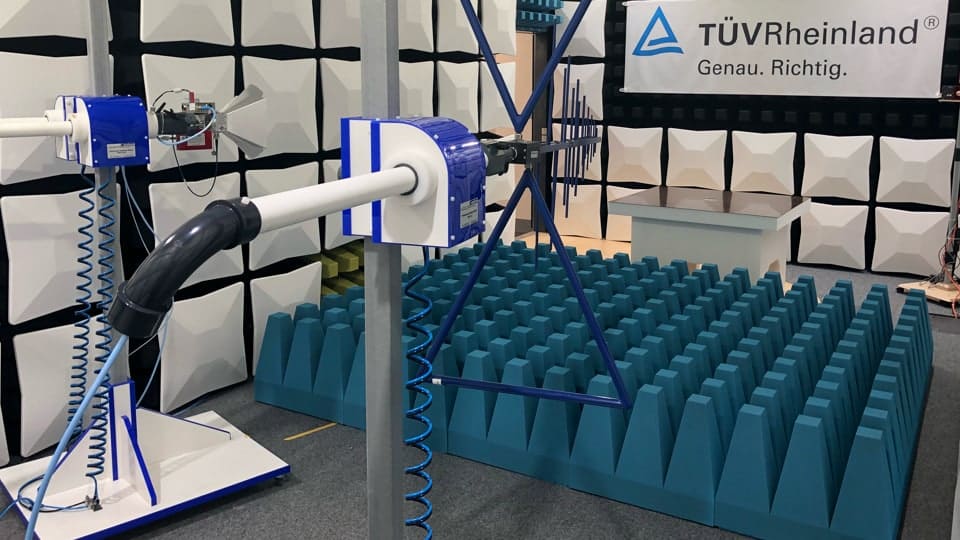
The Certification Web Tool
On the Connectivity Standards Alliance website, there is a tool (link) for the necessary entries. Here, members select whether this is the first application for an entirely new product or whether predecessors with the same Matter software already exist in the database. In this case, the CSA provides for a simplified process: Certification by Similarity gets by with fewer tests because the application is based on a certificate that has already been issued.
Similar applies to members of a model family that perhaps only differ in the language of their interface (Product Family Certification), or the transfer of a valid certificate within the framework of the Certification Transfer Program. In this case, only the original product has to pass the laboratory tests, its descendants do not.
Various data is required for the application – starting with the vendor ID and the unique product ID. Things like the device type and the device role are also requested. In addition, the tool requires four documents, which should ideally be completed in advance:
- Document of Conformity (DoC) with type designations, part numbers and signatures of the responsible persons.
- PICS (Protocol Implementation Conformance Statements), an XML file containing the mandatory and optional functions supported by the product.
- Network Transport Attestation to the technologies used such as Bluetooth, Thread and Wi-Fi (not required for software products).
- Security Attestation how the manufacturer has implemented the requirements and recommendations specified in the Matter standard.
After the application is submitted, it ends up in a queue. CSA employees work through the queue and issue the certificate of conformity if it has been successfully assessed. If there are any items that need to be adressed, the sender is notified by e-mail. He then has the opportunity to work through the list of deficiencies and take on a new attempt.
Successful approval
If everything has been successful, a PDF certificate will trickle in via email. Unless otherwise requested, the new addition appears in the list of certified products on the CSA website. The dashboard of the web tool can also be used to download all Matter logos that are approved for use with the product.
As a further download, the CSA provides a so-called blob file. It contains the certification declaration (CD) in digital form. It is intended for injection into the product and later enables verification with Matter‘s Distributed Compliance Ledger (DCL). The decentralized server network with blockchain technology is used for security. Devices can prove their authenticity to it, and providers of a Matter controllers can program their software to only accept products listed on the DCL.
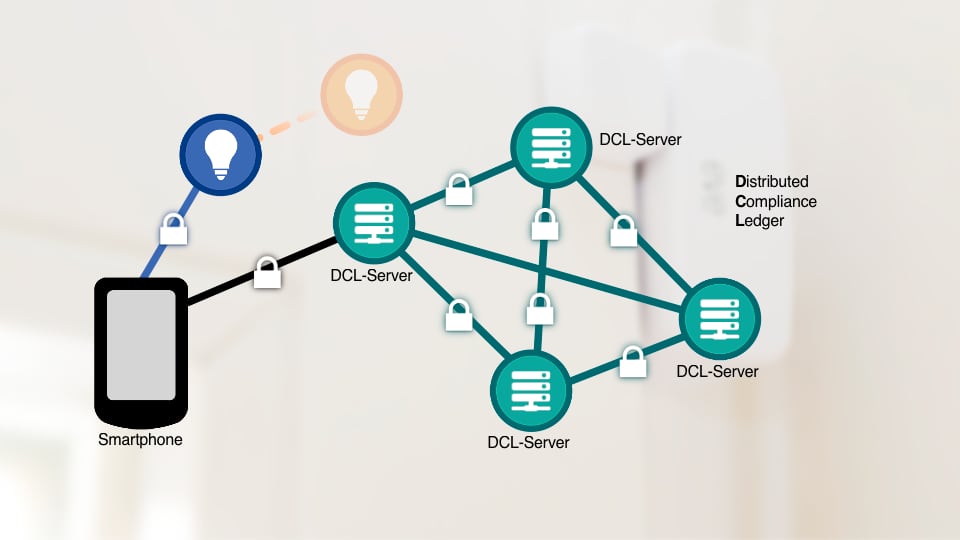
Share this information:
